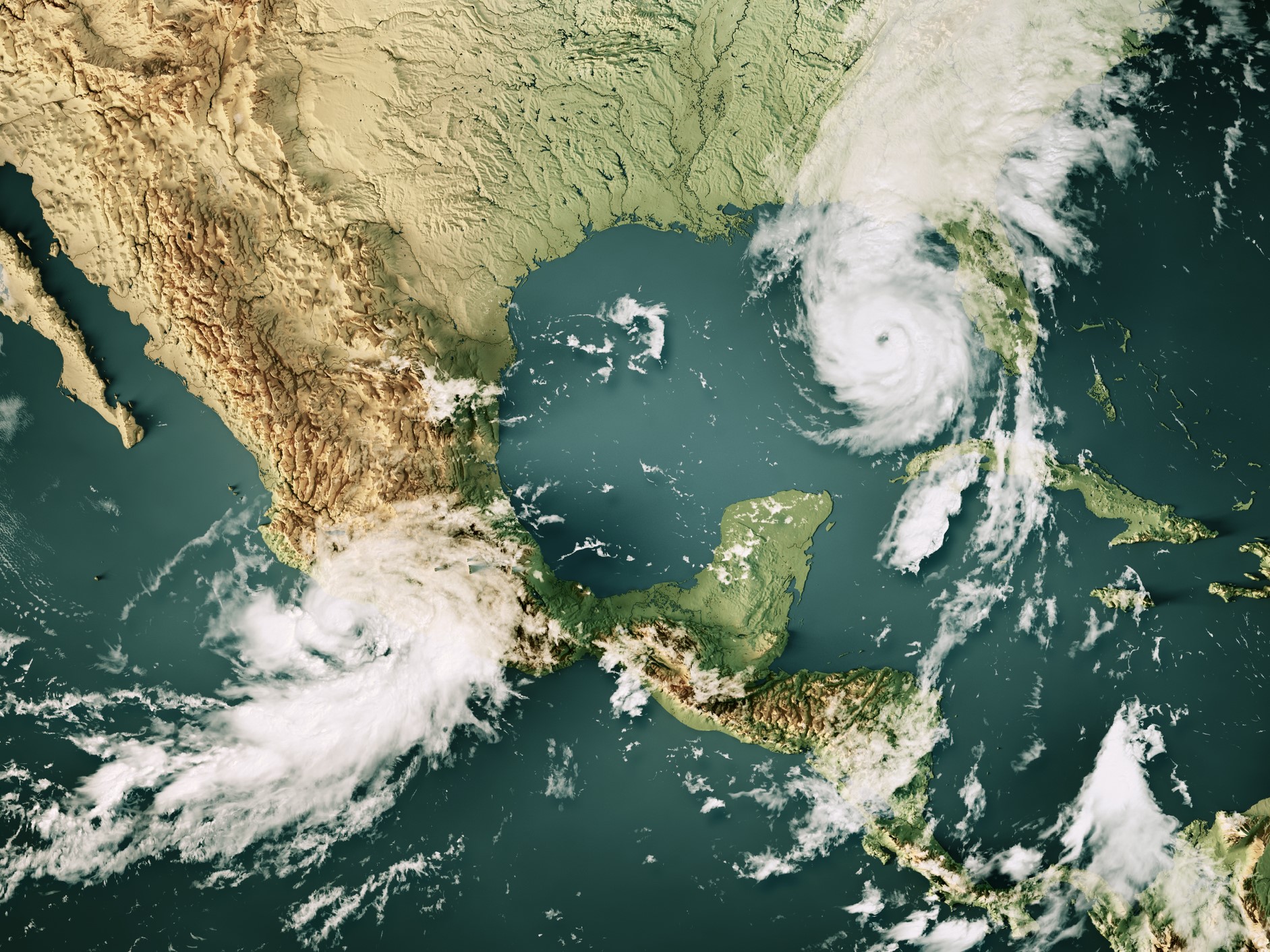Here’s How Policymakers See the Workers’ Comp and COVID-19 Connection

A recent paper from RAND, “Workers’ Compensation During COVID-19” examines how and why policymakers have extended workers’ compensation benefits to employees who are required to work outside the home during the COVID-19 pandemic.
As of July 31, 2021, 36 states, the District of Columbia, and Puerto Rico have expanded workers’ comp coverage for COVID-19 illness, with rebuttable presumptions being the most common method.
Michael Dworsky, RAND senior economist and one of the authors of the paper, explained that even with this expansion, workers may still be unlikely to take advantage of benefits, for reasons that are familiar regardless of the specific facts of the case.
He said: “We know from before the pandemic that workers with occupational diseases very often don’t file claims in workers’ comp, even after a physician might tell them that their disease is work-related and arguably should be a workers’ compensation claim. Retaliation is part of the reason why workers don’t file workers’ compensation claims in general and occupational disease claims in particular.”
RAND argues despite the fact that retaliation is illegal, more is warranted in terms of dedicated government resources to combat it.
“When we wrote that [section on dedicated resources] we were imagining that governments may directly reach out to workers and try to educate them directly and with community groups, I’m not sure how widespread that’s been,” said Dworsky.
“One policy that fits into this bucket is legislation in 2020 called AB685. It’s a state law that’s not focused narrowly on workers’ comp, but I would say it has implications for workers’ understanding on their rights and their right to access the workers’ comp system for COVID. What AB685 did was after it took effect it created an obligation for employers to notify workers when they might have been exposed to COVID in the workplace.”
Assembly Bill 685’s Role
According to the California Department of Industrial Relations, Assembly Bill 685 enhances Cal/OSHA’s enforcement of COVID-19 infection prevention requirements by allowing for Orders Prohibiting Use and citations for serious violations related to COVID-19 to be issued more quickly.
In addition to the standard notification, the law requires an employer to notify employees, and employers of subcontracted employees, of their potential exposure and provide them with certain information regarding COVID-19-related benefits and options.
Employers must also notify employees and employers of subcontracted employees of the disinfection and safety plan that the employer plans to implement and complete per the guidelines of the federal Centers for Disease Control and Prevention.
“Part of the obligations that the bill created for the employers was not just to notify them that somebody else on your shift tested positive, but that employers have to notify workers of the benefits that might be eligible for and that explicitly includes workers’ comp and there was language about retaliation protections as well.”
The bill explicitly calls out this out in Section 4, stating that:
“Provide all employees who may have been exposed and the exclusive representative, if any, with information regarding COVID-19-related benefits to which the employee may be entitled under applicable federal, state, or local laws, including, but not limited to, workers’ compensation, and options for exposed employees, including COVID-19-related leave, company sick leave, state-mandated leave, supplemental sick leave, or negotiated leave provisions, as well as antiretaliation and antidiscrimination protections of the employee.”
Dworsky noted this is different from direct outreach without the COVID positivity trigger, and there is not widely available empirical data quantifying the impact of AB685.
“The point that we wanted to make in this piece is how much workers’ comp matters to you as a worker really depends on your access to other sources of insurance or other benefits that would compensate you for the losses or address the risk that workers’ compensation covers.”
Looking Forward
Dworsky explained that high levels of cost sharing in the U.S. health system more generally are less of a concern due to the confluence of federal and state policies surround COVID diagnosis and treatment.
“If they say ‘oh my gosh, I should really get this bill in the workers’ comp system or file a workers’ comp claim,’ in normal circumstance — those incentives for the patient we think probably were very diminished if not completely eliminated at least early on when we did have these mandates that private insurers cover COVID more generous than they would for other conditions.”
As the pandemic wanes and the policies meant to address worker illness and difficulty fade with case level decreases, the picture could become more complicated.
“Essentially we think that a lot of the impact of workers’ comp and a lot of the value to workers has been changed by how sweeping the response by the federal government and from state governments has been in terms of providing other types of medical and disability benefits to workers that didn’t exist before the pandemic.”
From the insurer perspective, there are also significant protections designed to offset the fact that COVID has driven frequency increases since 2020.
This comes mainly in the form of exclusion from standard experience rating, which RAND also assesses in the report.
“The rationale for experience rating in general, a big part of it, is that we want to encourage employers to make their workplaces safer by controlling workplace hazards that would lead to claims,” Dworsky said.
“With COVID, especially if you have a presumption in place, but even if you don’t, it’s not clear to me that it’s ever possible to really pinpoint when or where somebody was exposed to COVID, especially when it’s really prevalent in the community. From an individual employer’s perspective, having an experience rating for COVID-19 claims that may or may not have been contracted at the job site would seem very unfair,” he continued.
“The other reason that I’ve seen cited is that COVID-19 claims are driven by totally different causes than either types of workers’ comp claims and other injuries, and maybe if we want to develop workers comp rates for 2022 or 2023 eventually we’re going to need data on losses and the ability to develop rates that aren’t driven by COVID so that’s part of the reason that actuaries recommend excluding it.”
This is likely to continue until the pandemic reaches endemic stage, but the adequacy of these policies in terms of rate making is worthy of further study, according to Dworsky.
RAND is continuously tracking the workers’ compensation arena through the lens of COVID-19, and will release an additional empirical study in February. &











